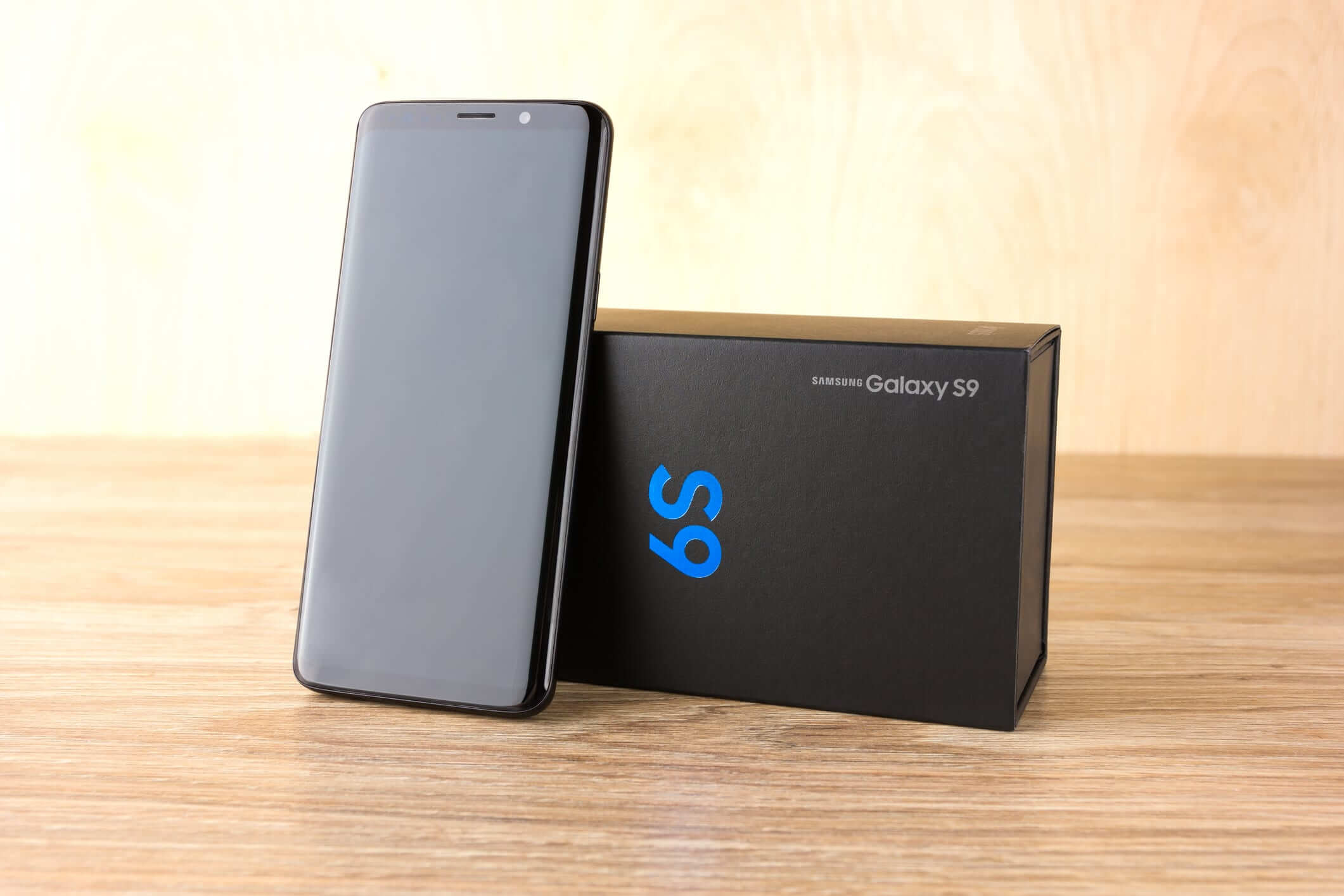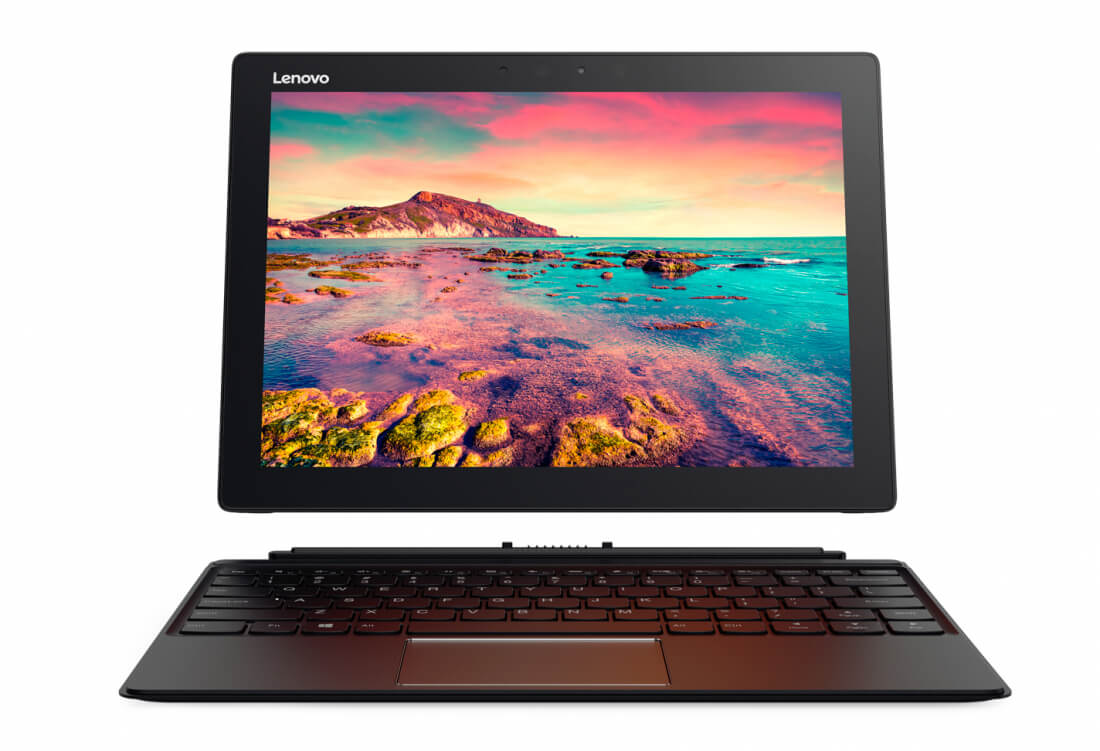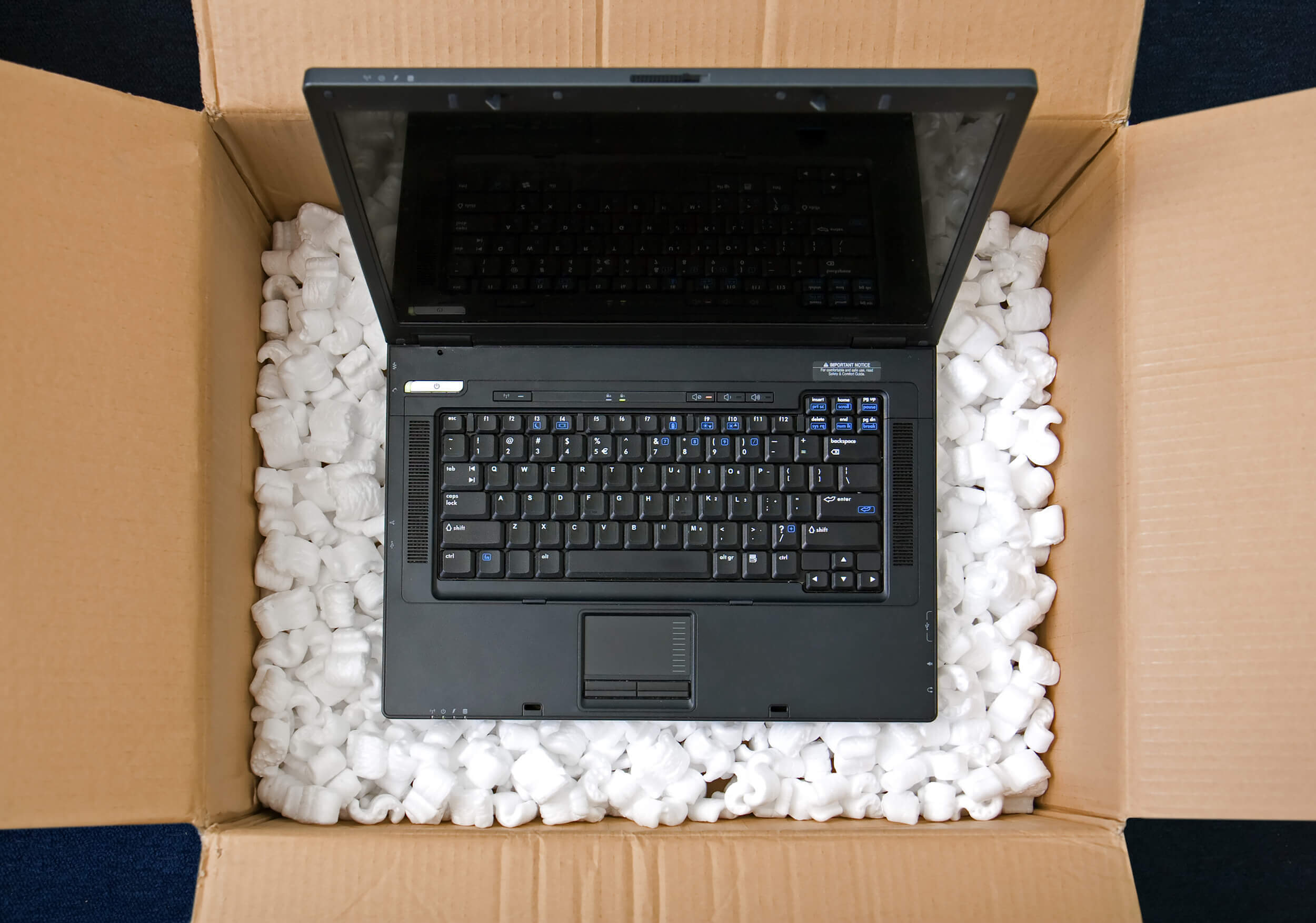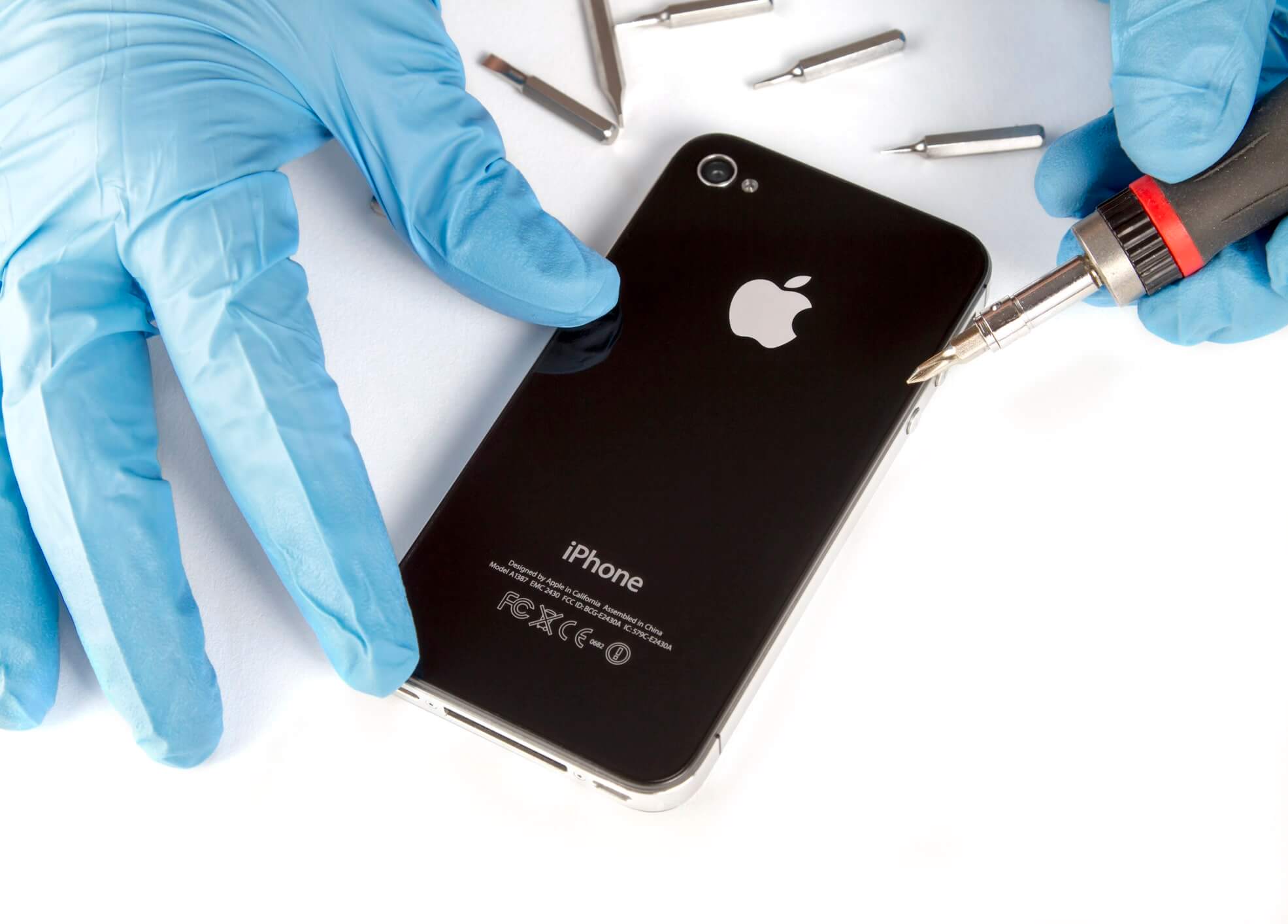Electronics are pricey, which is why refurbished models can be such great deals. But these devices get a bad reputation because sometimes products labeled as "refurbished"... haven't been. A true refurb has been inspected and repaired so it can function like a new unit, though it may show wear from use. There shouldn't be any functional difference between a refurbished model and a new model --- other than price and cosmetics.
Read on for Dealnews' in-depth guide to buying refurbished electronics, from smart shopping tips to the amounts you can save on smartphones, tablets, and computers.
Getting a Deal on Refurbished Electronics
If you're shopping for refurbs, you'll need to take a little care to get those savings. That means buying from the manufacturer or a reputable retailer, so you know you're getting an item that's actually been refurbished.
A reasonable return policy and warranty are important, too; if your refurb turns out to be a dud, you want to be able to return or replace it. The longer the return policy and warranty, the better. Manufacturers often offer a full 1-year warranty on their refurbished models --- just like they do with new items.
But even with a good return policy and warranty, taking care means inspecting your items the minute you get them home. If you notice any damage or missing pieces, you want to take them back before the return period lapses.
Manufacturers often offer a 1-year warranty on their refurbished models --- just like they do with new items.
Also, be aware that you won't have as wide a selection as you would if you bought new. Refurbished models are usually a bit older, and they may not be available in the size or color you want. These are certainly inconveniences, but the savings can be worth it. You'll often find electronics discounted by 10% to 50% --- some gadgets have even deeper discounts.
How to Buy Refurbished Smartphones
While budget models are out there, it's far too easy to spend almost $1,000 on a new smartphone. However, refurbished smartphones flood the market whenever a new model is released. It's a great way to pick up a fairly new phone at up to 50% off the original retail price.
We recommend only looking at phones that are a year or two old --- and no older than three. Legacy models will be cheaper, but older phones may not be able run the latest versions of Android or iOS. At some point, every phone gets too old to receive security updates.

Aging phones can also have battery problems, because their lithium-ion batteries naturally wear out over time. Sometimes refurbished phones will have the battery replaced before they're sold, but some won't --- Apple is the only retailer we've seen that guarantees a new battery in every refurbished phone.
Though you can expect a refurbished model to show wear, you should inspect it to be sure any scuffs and scrapes are only cosmetic damage. A common complaint with refurbished phones --- particularly those refurbished by a third party --- is scratches on the camera lens. Be sure to check before the return period runs out.
You can find discounts running anywhere from 20% to 50% off, so it's well worth shopping for a refurbished smartphone. Here are some recent examples of how much you can save on smartphones from Apple and Samsung:
- The iPhone 8 starts at $699 new, or pay $499 for a refurbished iPhone 7 (29% off) from Apple
- The iPhone 8 starts at $699 new, or pay $376.21 for a refurbished iPhone 7 (47% off) from Amazon
- The Samsung Galaxy S9 starts at $719.99 new, or pay $488.88 for a refurbished Galaxy S8 (32% off) from Amazon
- The Samsung Galaxy S9+ starts at $839.99 new, or pay $399.99 for a "certified pre-owned" Galaxy S7 Edge (52% off) from Samsung.
How to Buy Refurbished Tablets
Tablets don't always have the same predictable release schedule as smartphones, and people don't typically upgrade them as often. That means there's no particularly good time to shop for a refurbished tablet --- just be patient and keep your eyes open for a deal (or create an email alert).
Like smartphones, older tablets may have reduced battery life --- but it's less of a worry with tablets, which have larger batteries. And because we don't typically use our tablets nonstop the way we do our smartphones, you may not even notice if the battery has degraded a little. Still, as with any refurbished product, check any refurb out to make sure it's working properly when you receive it.

But there's one more thing to be aware of when you're tablet shopping. While most tablets are numbered so you can easily tell older models from newer models, not all of them are.
For example, Apple has called five different generations of the iPad simply "iPad," and it's easy to get confused when browsing refurbs. Some will even be labeled "newest model" when they actually aren't. Be sure to look for the original release date (or, if you can't find a date, the model number) to see if you're getting a fairly new model or a fairly old one.
Tablet discounts are typically lower than smartphone discounts --- but you're also more likely to find newer models. You can expect to save between 15% and 30% on old models and new models, as long as you're willing to wait awhile. Here's what you could save on tablets from Apple and Microsoft, at the time of this writing:
- The 9.7" iPad starts at $329 new, or pay $239 for a refurbished 2017 model (27% off) from Apple
- The 10.5" iPad Pro with WiFi and 4G starts at $779 new, or pay $524.99 for a refurbished model (28% off) from Amazon
- The Microsoft Surface Pro starts at $799 new, or pay $529.99 for a previous-gen refurbished Surface Pro 4 (31% off) from Amazon
How to Buy Refurbished Computers
Whether you're looking for a laptop or a desktop, there are plenty of deals to be found on refurbished computers.
However, it can be tough to snag exactly what you want because of the number of models and configurations available. And because computers don't follow an easy-to-understand naming scheme, you may have to do some searching to figure out how new (or old) a product is.
All of this conspires to make it more difficult to compare the prices of refurbished and new models. Though retailers may list original release dates or note what generation a product is, you want to pay more attention to system specs like memory, hard drive, and especially the processor.
Buying refurbished computers from the manufacturers directly can save you as much as 50% off list price.
If you have no clue as to the age of the computer you're looking at, a quick web search for the CPU model --- which should be listed with the product information --- will give you the processor's release date. That won't tell you exactly how old the computer itself is, but it'll give you a rough idea.

So how much can you save? Even buying from the manufacturers directly can save you as much as 50% off list price. Since buying direct will usually get you a better warranty and a higher-quality refurb, it's hard to justify shopping elsewhere. For example, the standard Apple MacBook starts at $1,299 new, or pay $1,099 for refurbished unit (15% off) from Apple.
Of course, you can also buy refurbished computers from retailers like Amazon and Best Buy. However, because of the multitude of models, we find third-party sites harder to navigate than manufacturer sites.
But your mileage may vary! Check the Best Buy Outlet and Amazon Renewed to see all your options.
When NOT to Buy Refurbished Electronics
We think it's always worth looking into refurbished products, but you have to do a price comparison. While refurbished models are usually cheaper than new models, sometimes the difference is negligible. Different retailers can also offer significantly different refurb prices, so shopping around is a must.
And sometimes refurbished products aren't high quality, depending on who refurbished them. Televisions are a prime example here. While some refurbished TVs are perfectly fine, many shoppers report receiving refurbs with damage to the stands or screens --- and these old models may not save you much over new sets.
Buying from a retailer with good reviews and a good return policy will protect you from getting stuck with a refurb that doesn't work. But getting a broken item you have to return is a hassle that may not be worth the savings.

Elizabeth Harper is a contributing writer at dealnews. Republished with permission.
